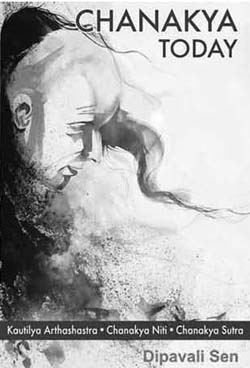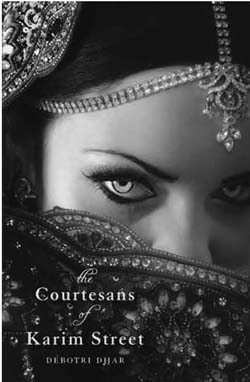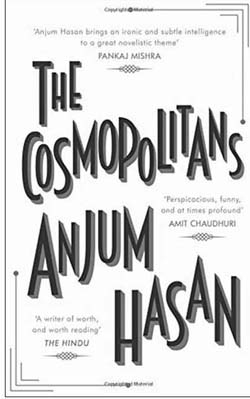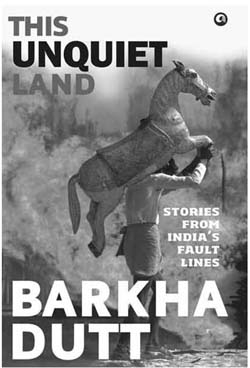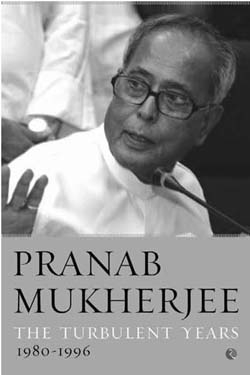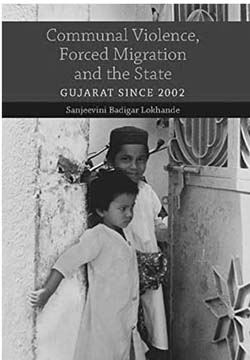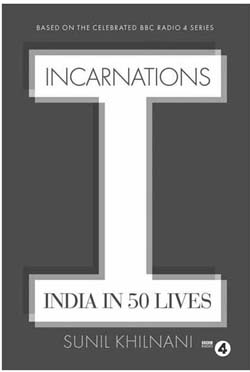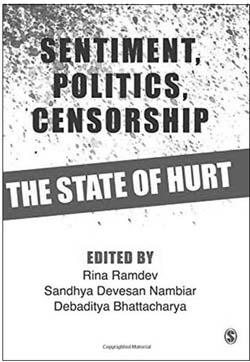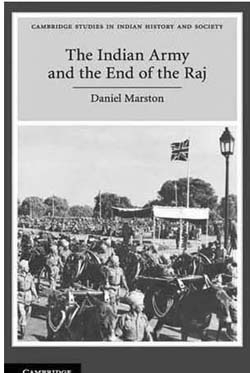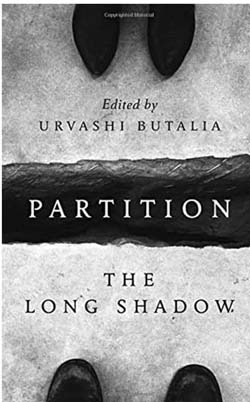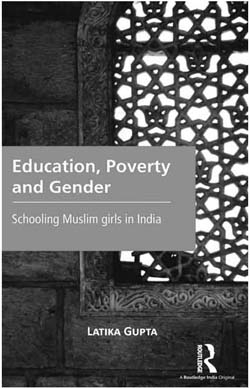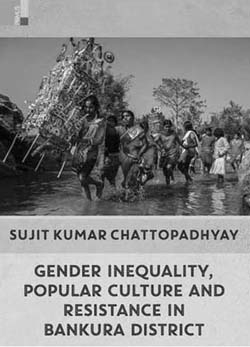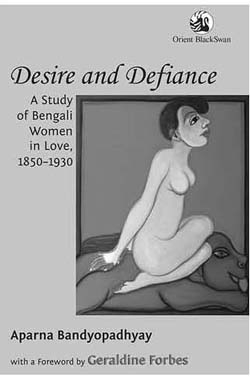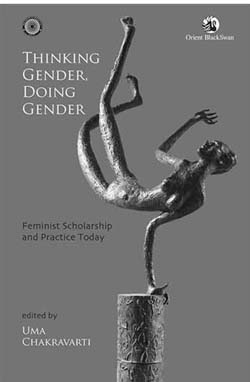2016
Till about the dawn of the twentieth century, Chanakya’s Arthashastra and his other works had remained in oblivion for modern scholars. The singular credit for the discovery of this 2500 year old manuscript on statecraft and political economy goes to Dr Rudrapatnam Shamashastry of Mysore, who not only unearthed the text but heralded a new era in Indian administration and statecraft. At the same time he also helped refresh the western minds that Indian thought was not entirely geared to discovering the ‘other-worldly’ merits.

